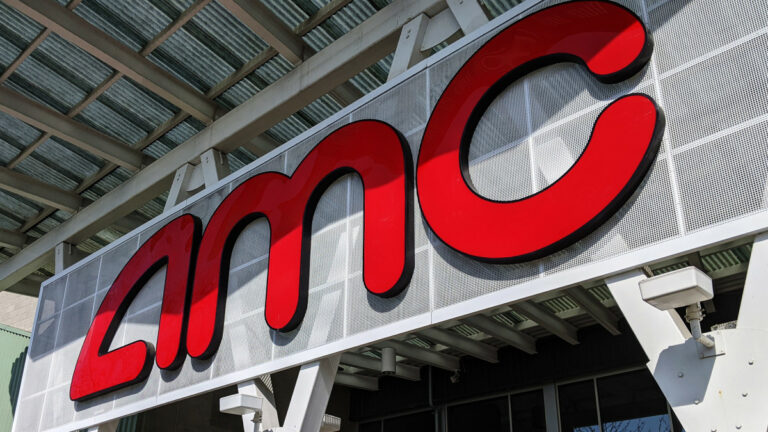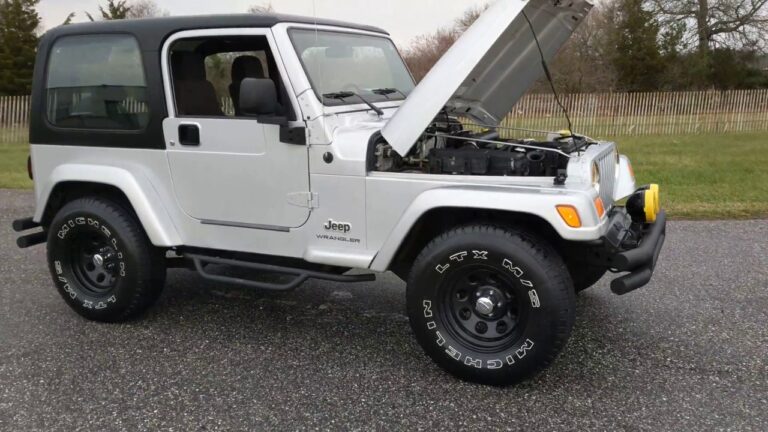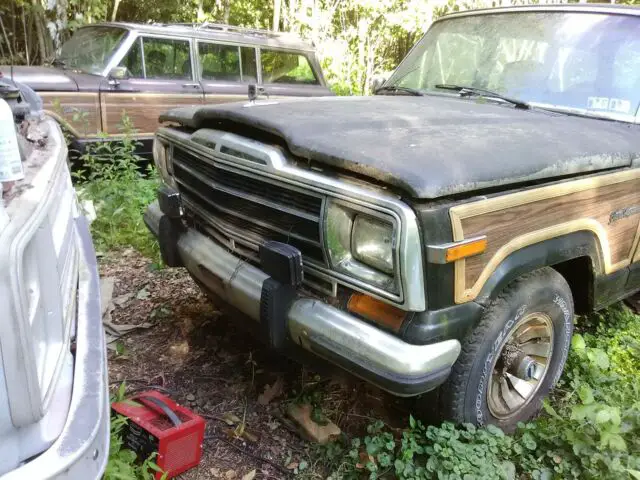How Much Oil Goes In 2012 Jeep Wrangler: A Comprehensive Guide to Engine Lubrication
How Much Oil Goes In 2012 Jeep Wrangler: A Comprehensive Guide to Engine Lubrication jeeps.truckstrend.com
The 2012 Jeep Wrangler, a beloved icon of off-road capability and rugged design, is more than just a vehicle; it’s an adventure waiting to happen. Whether you’re navigating urban jungles or conquering challenging trails, the heart of your Wrangler’s performance and longevity lies in its engine – and, more specifically, in its lubrication. Understanding how much oil goes into your 2012 Jeep Wrangler, along with the correct type and maintenance schedule, is not just about keeping it running; it’s about preserving its spirit and ensuring countless miles of reliable service.
This comprehensive guide will delve deep into the specifics of engine oil for the 2012 Jeep Wrangler. We’ll explore the exact capacities, recommended oil types, the critical reasons why correct oil levels matter, and provide practical advice for checking, adding, and changing your engine oil. By the end, you’ll have all the knowledge needed to properly care for your Wrangler’s most vital component.
How Much Oil Goes In 2012 Jeep Wrangler: A Comprehensive Guide to Engine Lubrication
The Heart of the Matter: Engine Oil Capacity for the 2012 Jeep Wrangler
For the 2012 model year, Jeep introduced a significant upgrade to the Wrangler’s powertrain: the new 3.6-liter Pentastar V6 engine. This engine replaced the older 3.8-liter V6 that had been used in previous models, bringing with it more horsepower, torque, and improved fuel efficiency. Consequently, the oil capacity and specifications are primarily centered around this newer engine.
3.6L Pentastar V6 Engine (Standard for 2012 Wrangler)
The vast majority, if not all, 2012 Jeep Wranglers are equipped with the 3.6-liter Pentastar V6 engine. This robust and efficient powerplant requires a specific amount of engine oil to operate optimally.
- Oil Capacity: Approximately 6 quarts (5.7 liters).
- Note: Always consult your vehicle’s owner’s manual for the precise, definitive capacity, as minor variations can occur. It’s also wise to check the dipstick while adding oil to ensure you don’t overfill or underfill.

Understanding Recommended Oil Type and Viscosity
Beyond just the quantity, the type of oil you use is equally crucial. The 3.6L Pentastar V6 engine is designed to run on a particular oil viscosity and meets specific industry standards.
- Recommended Oil Type: SAE 5W-20 full synthetic or synthetic blend engine oil.
- Viscosity Explained: "5W-20" refers to the oil’s viscosity. The "5W" indicates its viscosity at cold temperatures (W for Winter), meaning it flows easily when cold for quick lubrication during startup. The "20" indicates its viscosity at operating temperature, providing adequate protection when the engine is hot.
- Synthetic vs. Synthetic Blend: While a high-quality synthetic blend can be used, most manufacturers and enthusiasts recommend full synthetic oil for the Pentastar engine. Full synthetic oils offer superior protection, better flow in extreme temperatures, and longer lasting performance due to their purer base stocks and advanced additive packages.
- API Certification: Ensure the oil meets API (American Petroleum Institute) standards, typically SN or a newer classification (e.g., SP). These certifications guarantee the oil has passed stringent tests for engine protection. Look for the "starburst" symbol on the oil container.


Why Correct Oil Capacity and Type Matter: The Lifeblood of Your Engine
Engine oil is not merely a lubricant; it’s a multi-functional fluid vital for your Wrangler’s engine health.
- Lubrication: This is its primary role. Oil creates a thin film between moving metal parts (pistons, crankshaft, camshaft, valves) to prevent friction, wear, and heat generation. Incorrect levels or improper viscosity can lead to metal-on-metal contact, causing severe damage.
- Cooling: As oil circulates, it absorbs heat from engine components and dissipates it as it returns to the oil pan, helping to regulate engine temperature.
- Cleaning: Engine oil contains detergents and dispersants that pick up contaminants like dirt, sludge, and carbon deposits, keeping them suspended until the oil is drained during an oil change.
- Sealing: Oil helps to seal the gap between the piston rings and cylinder walls, which is crucial for maintaining proper compression and power.
- Corrosion Protection: Additives in the oil protect internal engine components from rust and corrosion, especially important in environments with high humidity or during periods of inactivity.
Risks of Incorrect Oil Levels:
- Underfilling: Insufficient oil can lead to inadequate lubrication, increased friction, overheating, premature wear, and potentially catastrophic engine failure. The oil pump might suck air instead of oil, leading to a loss of oil pressure.
- Overfilling: While seemingly benign, overfilling can be just as damaging. Excess oil can be churned into a foam by the crankshaft, reducing its lubricating properties. It can also create excessive pressure, leading to blown seals, oil leaks, and potential damage to the catalytic converter if oil enters the exhaust system.
Checking and Adding Engine Oil: A Step-by-Step Guide
Regularly checking your engine oil is one of the simplest yet most effective maintenance tasks you can perform.
Tools You’ll Need:
- Clean rag or paper towel
- Funnel (optional, but recommended for adding oil)
- New engine oil (correct type and viscosity)
Procedure:
- Park on Level Ground: Ensure your Wrangler is parked on a flat, level surface. This is critical for an accurate dipstick reading.
- Warm Up the Engine (Slightly): Run the engine for a few minutes to bring the oil up to operating temperature, then turn it off. Wait about 5-10 minutes to allow the oil to drain back into the oil pan. This ensures the most accurate reading.
- Locate the Dipstick: The engine oil dipstick for the 3.6L Pentastar V6 is typically bright yellow or orange and easily accessible on the passenger side of the engine.
- Remove and Wipe: Pull the dipstick out completely. Use a clean rag or paper towel to wipe off all the oil.
- Reinsert and Remove: Fully reinsert the dipstick until it seats properly, then pull it out again.
- Read the Level: Observe the oil level on the dipstick. There will typically be two marks (holes, lines, or a crosshatch area) indicating the "add" and "full" levels.
- If the oil level is between the two marks, your oil level is good.
- If it’s below the "add" mark, you need to add oil.
- Adding Oil (If Needed):
- Locate the engine oil fill cap (usually marked with an oil can symbol).
- Using a funnel, slowly add oil in small increments (e.g., half a quart at a time).
- Wait a few minutes for the oil to settle, then repeat steps 4-6 to recheck the level. Continue adding small amounts and rechecking until the oil level is between the "add" and "full" marks. Do not overfill.
- Replace Cap and Dipstick: Securely replace the oil fill cap and fully reinsert the dipstick.
Oil Change Intervals for Your 2012 Jeep Wrangler
Even with correct levels, oil degrades over time and use. It accumulates contaminants, and its additives break down, reducing its effectiveness.
- Standard Interval: For the 3.6L Pentastar V6, Jeep generally recommends an oil change every 10,000 miles (16,000 km) or 12 months, whichever comes first, under normal driving conditions.
- Severe Duty Conditions: If your Wrangler is subjected to severe duty conditions, you should change the oil more frequently. These conditions include:
- Frequent short trips (less than 10 miles)
- Extreme hot or cold temperatures
- Heavy city driving (stop-and-go)
- Towing heavy loads
- Off-road driving, dusty or muddy conditions
- In such cases, an oil change every 5,000 miles (8,000 km) or 6 months is a safer bet.
Always consult your owner’s manual or your Jeep’s onboard oil life monitoring system (if equipped) for the most accurate service reminders.
Other Vital Fluids and Their Capacities (Briefly)
While this article focuses on engine oil, it’s worth noting other critical fluids in your 2012 Jeep Wrangler that also have specific capacities:
- Automatic Transmission Fluid: Varies by transmission type, typically 4-5 quarts for a drain and fill, much more for a full flush. Uses specific ATF+4 fluid.
- Manual Transmission Fluid: Specific manual transmission fluid (e.g., Mopar MS-9224 or equivalent). Capacity around 2.5 quarts.
- Front and Rear Differential Fluid: Varies by axle type (Dana 30, Dana 44). Typically 1-2 quarts per differential, specific gear oil (e.g., 75W-90 or 80W-90 with friction modifier for limited-slip differentials).
- Transfer Case Fluid: Specific fluid (e.g., NV241 Command-Trac uses ATF+4). Capacity around 1.5 quarts.
- Coolant: Approximately 10-12 quarts for the entire cooling system, uses OAT (Organic Additive Technology) antifreeze.
Always refer to your owner’s manual for precise specifications for all fluids.
Tips for Maintaining Your Wrangler’s Engine Oil
- Use Quality Oil Filters: A premium oil filter effectively traps contaminants, ensuring only clean oil circulates through your engine.
- Monitor for Leaks: Periodically check under your Wrangler for any signs of oil leaks. Address them promptly.
- Consider Full Synthetic: Even if your manual allows a blend, full synthetic oil offers superior protection and can extend engine life, especially for a vehicle like the Wrangler that might experience varied driving conditions.
- Keep Records: Maintain a log of oil changes, including mileage and date. This helps you stay on schedule and provides a service history.
- Listen to Your Engine: Unusual noises, a drop in performance, or the illumination of the oil pressure warning light are signs that your oil system needs immediate attention.
Concluding Summary
Understanding how much oil goes into your 2012 Jeep Wrangler, specifically its 3.6L Pentastar V6 engine, is fundamental to its long-term health and performance. With a capacity of approximately 6 quarts of SAE 5W-20 full synthetic or synthetic blend oil, and adherence to regular oil change intervals, you are providing your Wrangler with the best possible care. Proper lubrication prevents costly damage, maintains efficiency, and ensures your iconic off-roader is always ready for the next adventure. Don’t underestimate the power of correct engine oil maintenance – it’s the simplest way to protect your investment and enjoy many more years behind the wheel of your capable Jeep Wrangler.
Table: 2012 Jeep Wrangler Engine Oil Information & Estimated Costs
| Feature | Specification (3.6L Pentastar V6) | Estimated DIY Cost (Per Unit) | Estimated Total DIY Cost (Oil + Filter) |
|---|---|---|---|
| Engine Type | 3.6L Pentastar V6 | N/A | N/A |
| Engine Oil Capacity | 6 Quarts (5.7 Liters) | N/A | N/A |
| Recommended Oil Type | SAE 5W-20 Full Synthetic or Synthetic Blend | $7 – $12 per quart/liter | $42 – $72 (for 6 quarts oil) |
| API Certification | API SN / SP (or newer) | N/A | N/A |
| Oil Filter Type | Cartridge Style Filter | $8 – $20 per filter | |
| Total Estimated DIY Cost (Oil & Filter) | (Excludes labor for professional service) | Varies ($50 – $92) | Varies ($50 – $92) |
| Oil Change Interval | 10,000 miles / 12 months (Normal) | N/A | N/A |
| 5,000 miles / 6 months (Severe Duty) | N/A | N/A |
Note: Prices are estimates and can vary significantly based on brand, retailer, location, and market fluctuations.
Frequently Asked Questions (FAQ) about 2012 Jeep Wrangler Engine Oil
Q1: Can I use a different oil viscosity, like 5W-30, in my 2012 Jeep Wrangler with the 3.6L Pentastar engine?
A1: While some engines can tolerate slight variations, it’s strongly recommended to stick to the manufacturer’s specified SAE 5W-20 for the 3.6L Pentastar. This viscosity is crucial for optimal lubrication, fuel efficiency, and to ensure the proper operation of variable valve timing (VVT) components in this engine. Using a different viscosity could lead to reduced performance or increased wear over time.
Q2: What happens if I accidentally overfill the engine oil?
A2: Overfilling can be as damaging as underfilling. Excess oil can be whipped into a froth by the crankshaft, leading to aeration. This foamy oil doesn’t lubricate effectively, causing increased wear. It can also create excessive pressure in the crankcase, potentially blowing out seals (like the rear main seal), leading to costly oil leaks. In severe cases, it can lead to oil getting into the air intake or exhaust system, damaging the catalytic converter. If you’ve overfilled significantly, it’s best to drain some out.
Q3: How often should I check my engine oil level?
A3: It’s good practice to check your engine oil level at least once a month, or before any long road trip. This allows you to catch minor leaks or oil consumption issues early, preventing significant problems.
Q4: Is full synthetic oil really better than conventional or synthetic blend for my 2012 Wrangler?
A4: Yes, full synthetic oil generally offers superior protection and performance. It’s more resistant to thermal breakdown, flows better in extreme temperatures (both hot and cold), and has a cleaner composition with fewer impurities. While the 3.6L Pentastar can use a high-quality synthetic blend, full synthetic is highly recommended for extended oil change intervals and for vehicles subjected to harsh conditions, like off-roading.
Q5: Do I need to change the oil filter every time I change the oil?
A5: Absolutely. The oil filter traps contaminants and debris, preventing them from circulating through your engine. A clogged or old filter becomes ineffective, allowing dirty oil to lubricate your engine. Always replace the oil filter with every oil change.





